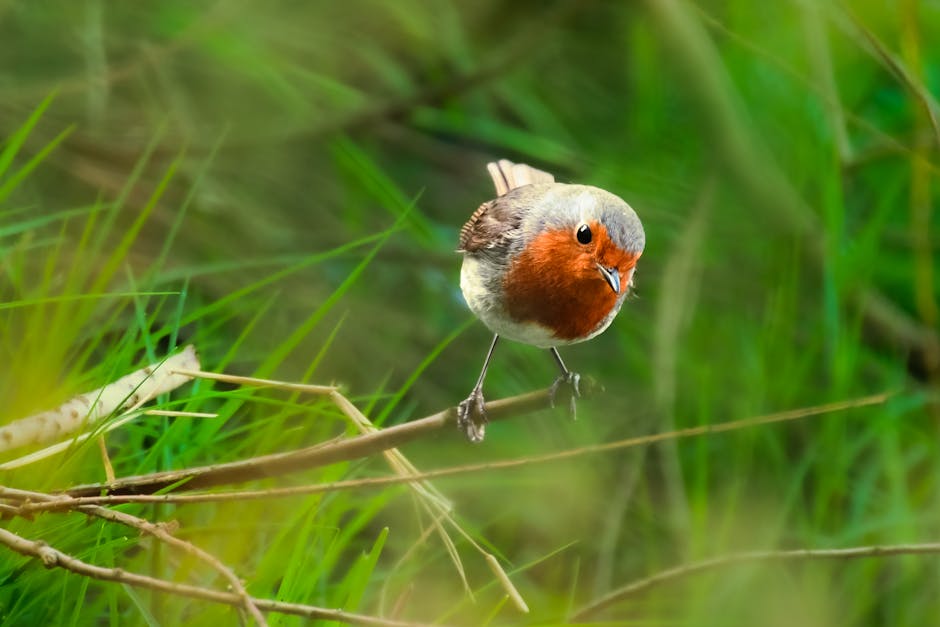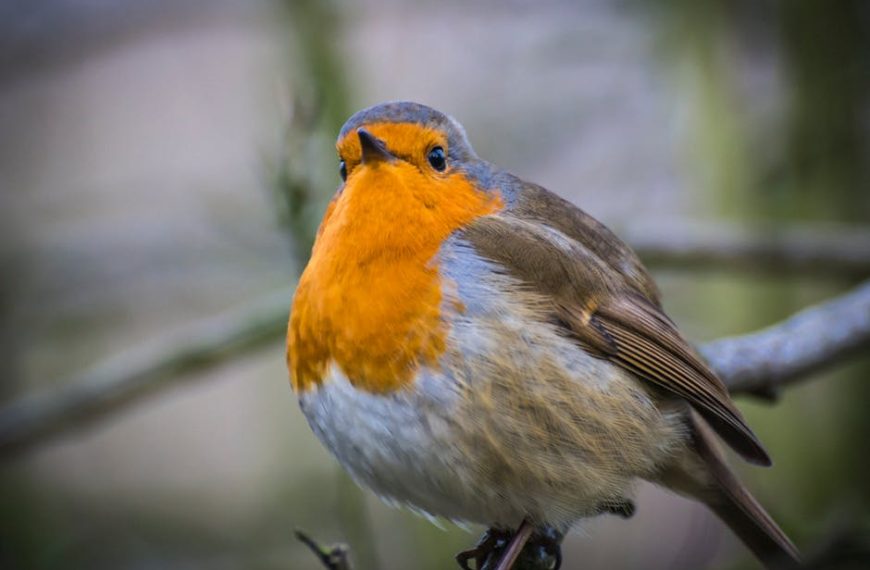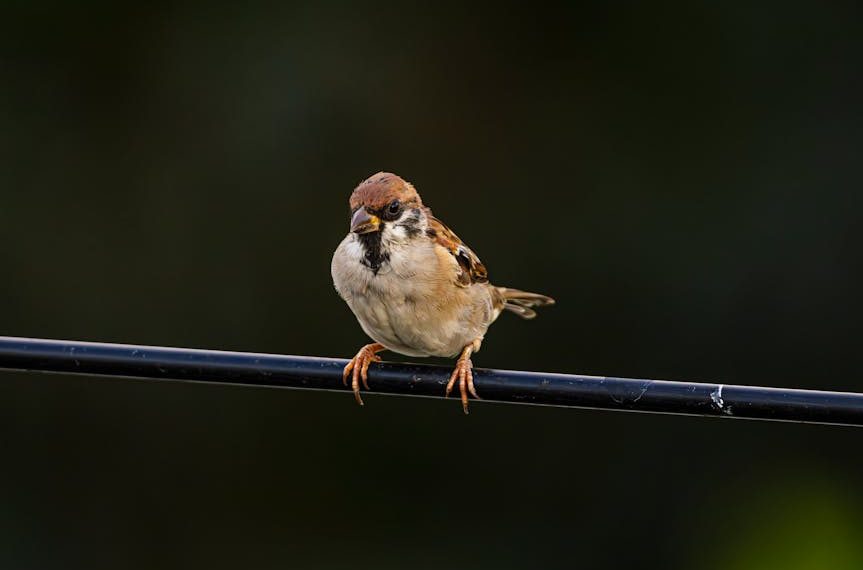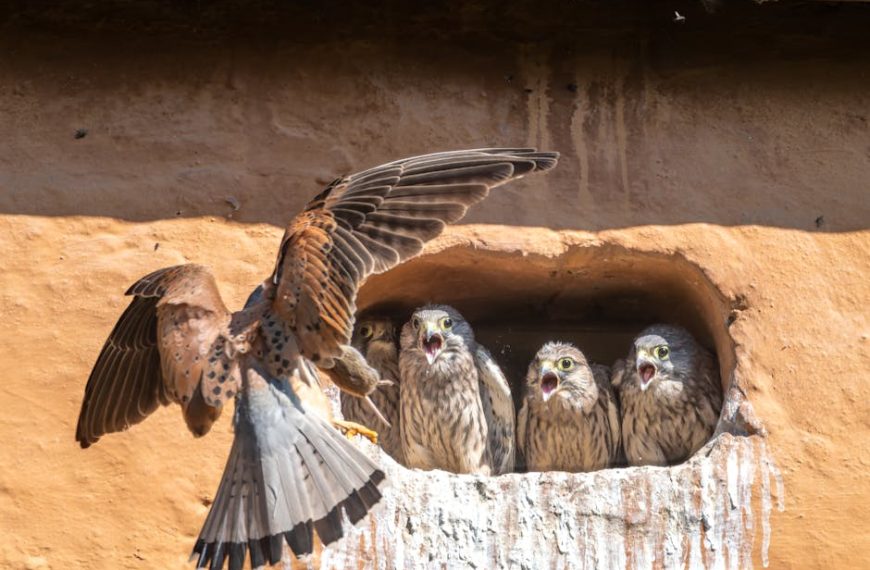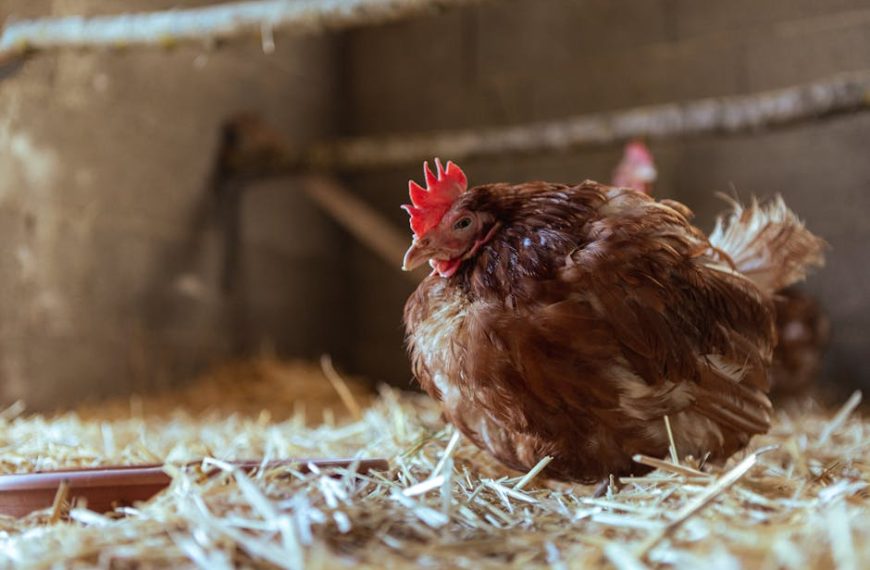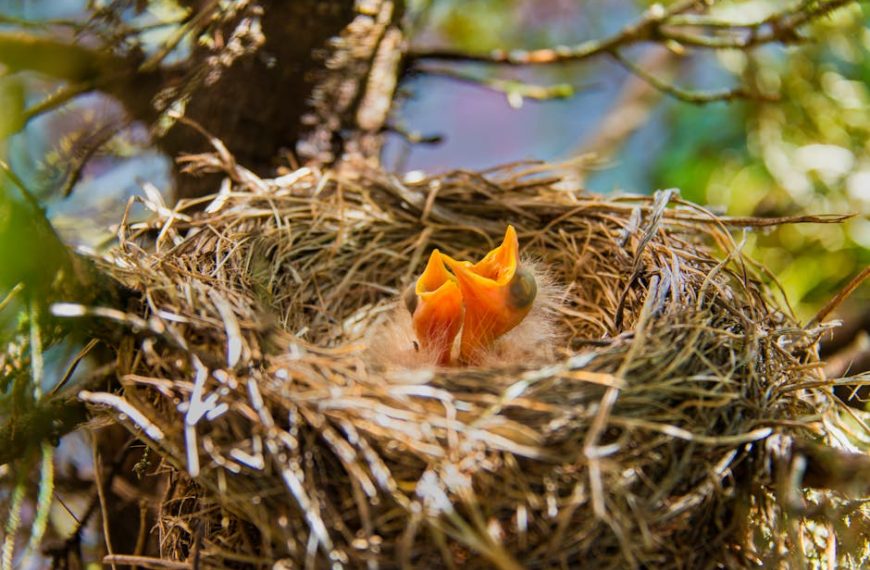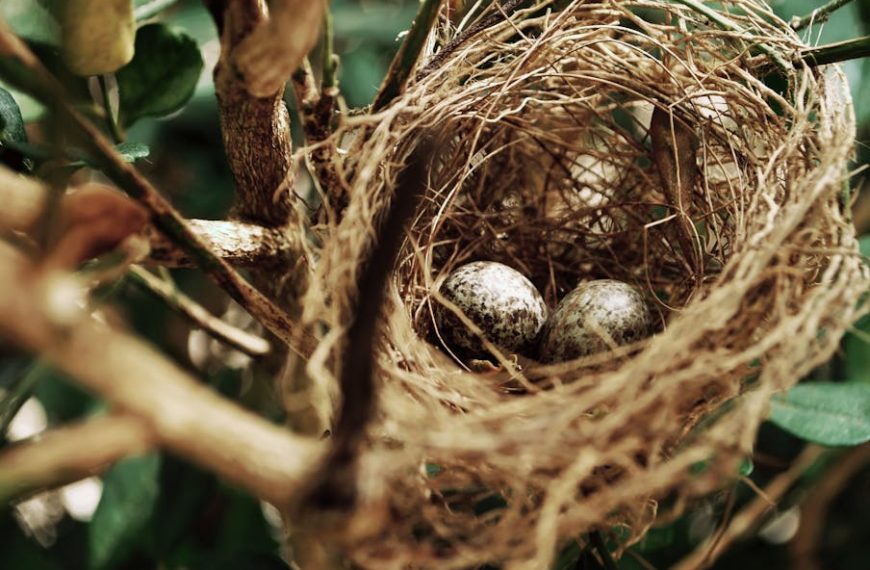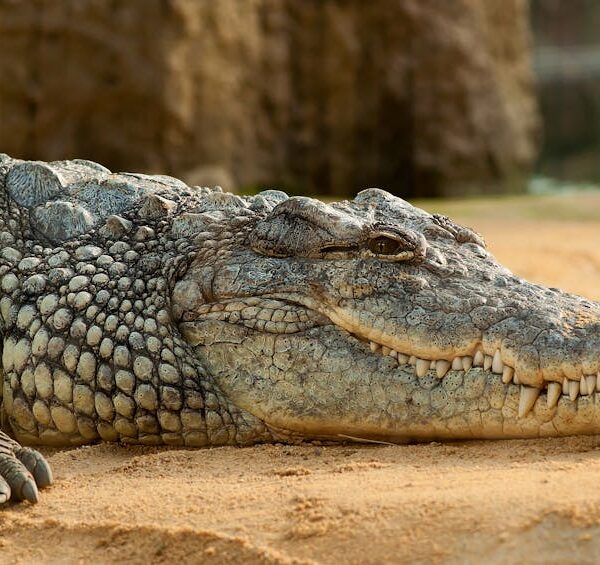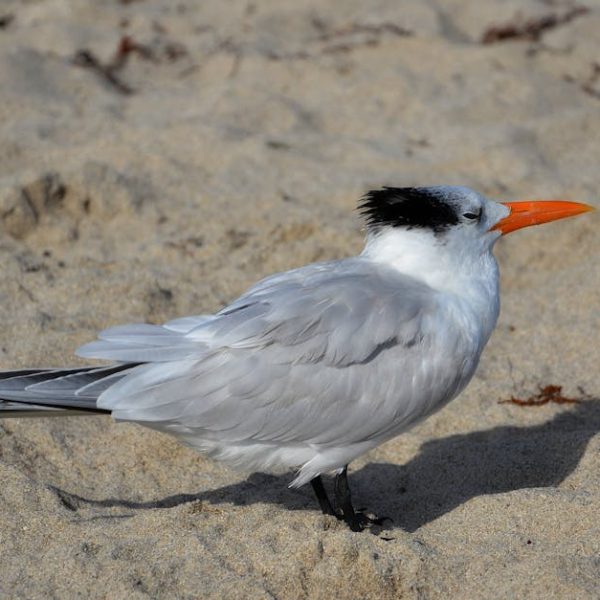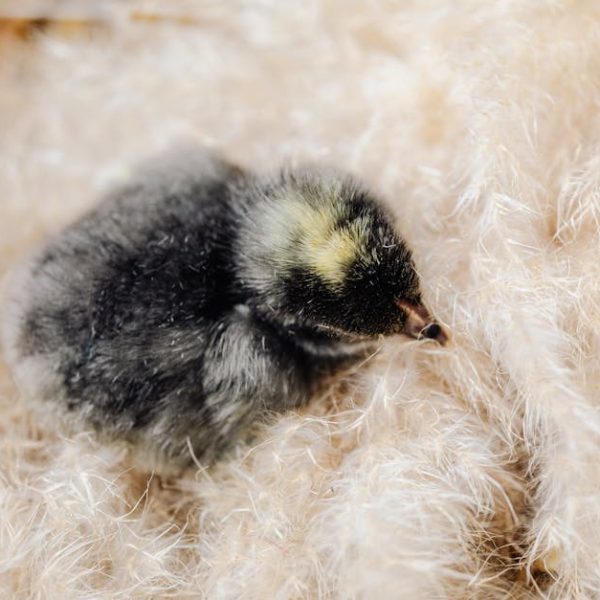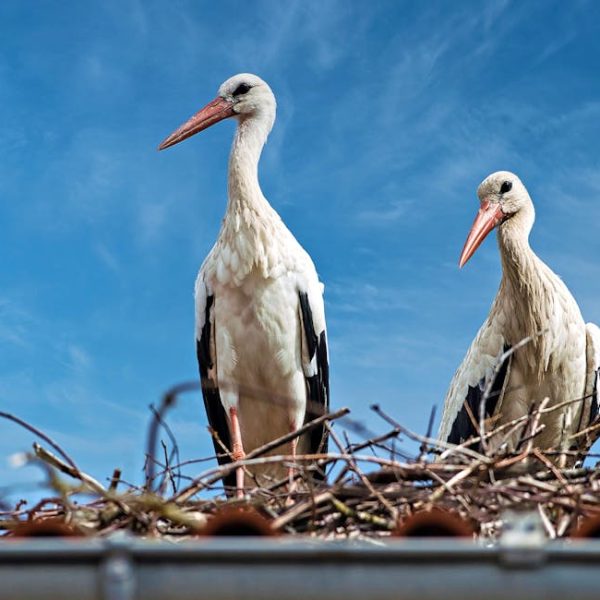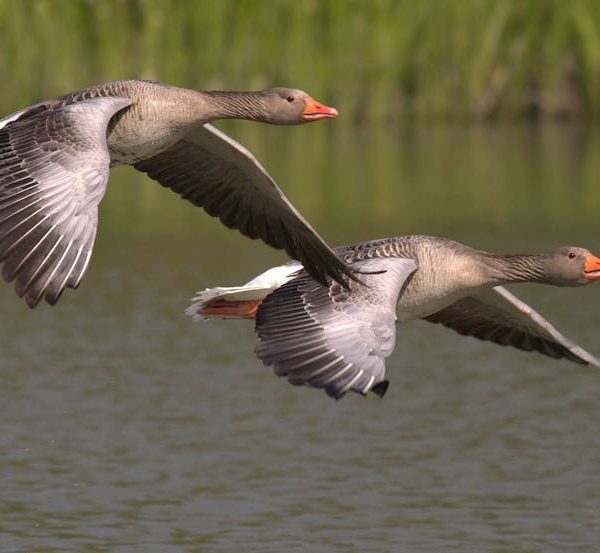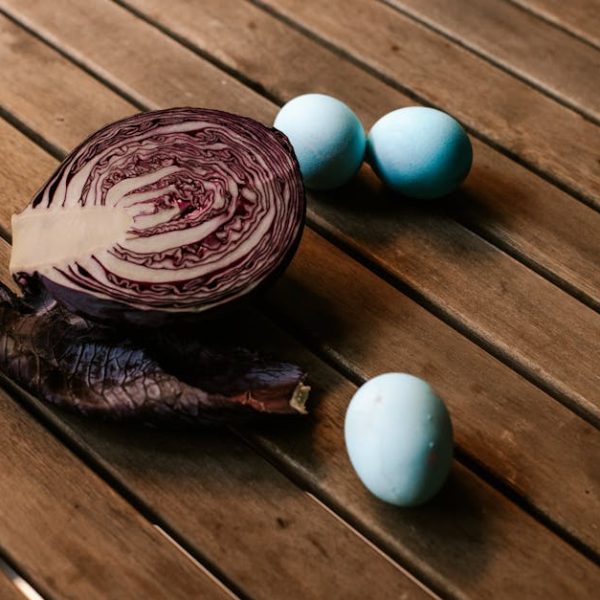Bird reproduction, a naturally captivating and nuanced process, is characterized by its distinctness from most other animals. Unlike mammals, most bird species reproduce by laying eggs, marked by a series of unique, ritualistic behaviors to communicate readiness for breeding, mate selection, and successful transition into parenthood. This article will break down the intriguing steps of the process, from introducing mating rituals and nest construction to the survival techniques of hatchlings, concluding with an important discussion about human impact on bird reproduction.
Understanding Bird Reproduction
The beginning of bird reproduction lies in the mating season, during which birds engage in distinctive rituals to signify their readiness for procreation. Birds reproduce through eggs, laying them typically in secure places like nests. Parent birds then take turns brooding, incubating the eggs using their body heat. Once hatched, the offspring are referred to as fledglings. Comprehending bird mating behaviors enables deeper admiration of nature and its marvels.
- Pro-tip ️: For birdwatching enthusiasts intent on observing these interactions firsthand, remember to respect wildlife boundaries. Avoid disturbing nests or interrupting displays, instead using binoculars or zoom lenses to enjoy the spectacle from a safe distance.
Elaborating on Mating Rituals
Birds employ an array of complex, often splendid mating rituals to allure potential mates. For instance, some species communicate their readiness to breed through vibrant and intricate displays of plumage, while others might engage in physical displays of strength or agility. From the enchanting dances of Peafowls to the melodious courting songs of Nightingales, bird mating rituals are a spectacle of nature’s theatre.
- Best practices for bird-watchers : Keep your eyes (and ears) peeled for unusual bird behavior, such as dramatic plumage displays, repeated chirping, or atypical hopping dances. These could be signs that the mating season is in full swing.
Differentiation in Nest Construction and Incubation
Nest construction is an integral step in bird reproduction and varies widely among species. Some birds prefer cavity nests, utilizing holes in trees or rocks, while others construct open-cup nests using twigs, leaves, or even mud. This nesting procedure is much more than a mere shelter creation; it’s part of the mating ritual, with the craftsmanship indicative of a mate’s potential parenting skills.
| A Nest Type | Advantages | Disadvantages |
|---|---|---|
| Cavity Nests | Offer more protection from predators and harsh weather. | Limited availability of suitable spaces. |
| Open-Cup Nests | Can be built anywhere with sufficient materials. | Exposed to weather and predators. |
- Checklist : A sudden surge in birds carrying twigs or foliage, changes in their behavior, or increased visibility of the same species are likely signs of nest building in progress.
Hatchlings Development and Survival
Post-hatching, birds fall into two categories: altricial, born blind, featherless, and dependent, and precocial, which are comparatively better developed. Regardless of their initial state, the growth and survival of hatchlings depend heavily on parental care and nurturing, teaching the young about food sources, predators, and necessary survival skills.
- Pro-tip ️: If you come across a seemingly abandoned hatchling, it’s best not to intervene immediately. Often, parent birds are nearby gathering food or merely watching their young learn to fly.
Human Impact on Bird Reproduction and Conservation Efforts
In recent years, the human-induced rapid pace of urbanization and habitat destruction has significantly impacted bird reproduction. Loss of natural habitats, pollution, and other disturbances often interrupt mating rituals, leading to fewer successful reproductions. To mitigate these impacts, several conservation efforts are in place globally, aimed at preserving bird species and their habitats.
Prominent organizations leading these efforts include the Audubon Society, BirdLife International, and the American Bird Conservancy. These groups work tirelessly to protect avian biodiversity, but they cannot do it alone.
- Best practices for helping local bird populations : Even everyday people can play a significant role in bird conservation. Consider simple adjustments like turning your garden into a bird-friendly haven by planting native vegetation, providing fresh water sources, and installing birdhouses. Be a responsible birdwatcher, and most importantly, advocate for policies protecting wildlife and their natural habitats.
Bird reproduction, an impressive marvel of nature, is an intricate process built on signaling, strength displays, and careful nest building. As observers, we must not only admire and learn from these behaviours but also undertake conscious efforts to minimize our impact on these natural processes. And in doing so, we can ensure that the mesmerizing spectacle of bird mating rituals continues for generations to come.
Key Takeaway:
- Bird reproduction is unique and fascinating, marked by mating rituals, nest construction, hatching, and parenting.
- Birds communicate readiness for breeding through elaborate rituals that include plumage displays, dancing, nest-building, and singing.
- Nest construction varies among species and plays a crucial role in offspring survival.
- After hatching, the parent birds nurture their offspring, teaching them survival mechanisms.
- Human activities are impacting bird reproduction, urging conservation organizations and individuals to preserve bird species and their habitats.
Bird reproduction is a testament to nature’s beauty and intricacy. As nature lovers or bird watchers, understanding this process can enrich our admiration for these feathered creatures. It’s equally essential to recognize our role in bird conservation and adopt practices that support avian life and habitats. Remember, every small act counts in maintaining the harmonious balance of our ecosystem.
FAQs
Q: Why do different bird species have distinct mating rituals?
A: This can be attributed to the wide variety of bird species, each with their unique traits and environments. Mating rituals serve as a form of communication between potential mates, indicating readiness for reproduction and exhibiting desirable traits.
Q: Why do some birds choose to build cavity nests, and others prefer open-cup nests?
A: The type of nest a bird builds depends on its species, environment, and predator presence. Cavity nests provide more protection, but suitable spaces can be hard to find. Open-cup nests can be built anywhere, but they are more exposed to weather and predators.
Q: Can I help an abandoned bird hatchling?
A: It’s best to observe from a distance before intervening. Often, the parent birds are nearby, and the hatchling isn’t truly abandoned. If unsure, contact a local wildlife rehabilitation center for advice.
Q: How does urbanization impact bird reproduction?
A: Urbanization often leads to habitat destruction and pollution, which disrupt bird mating rituals and reduce the success rate of reproduction. It can also cause food scarcity and increase predation pressure.
Q: How can I contribute to bird conservation?
A: You can contribute in several ways such as making your yard bird-friendly, avoiding disturbance to nesting birds, advocating for bird protection policies, and supporting conservation organizations.
If you found this article interesting, share it with fellow bird enthusiasts. Explore more posts on our website to continue learning about the intriguing world of birds.
